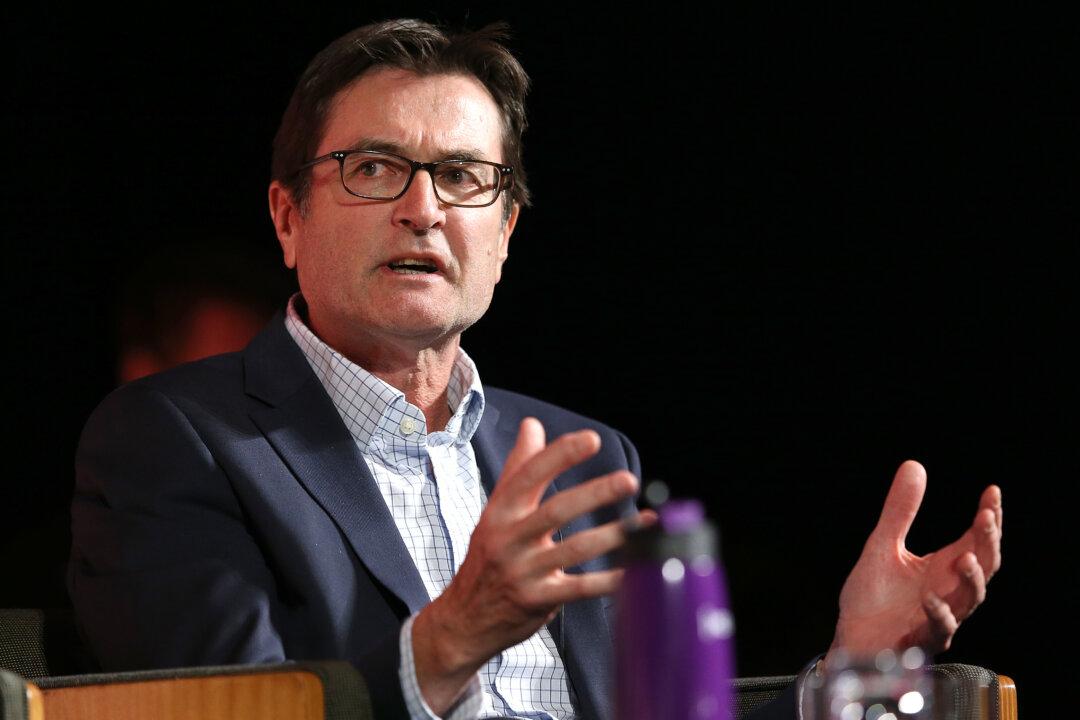Australia’s unemployment rate has risen to an 18-month high of 1.5 percent in November, up by 0.1 percentage points from 3.8 percent in October, according to the Australian Bureau of Statistics (ABS.)
Bjorn Jarvis, ABS head of labour statistics, suggests the labour market is starting to loosen after a prolonged period of stable employment.





